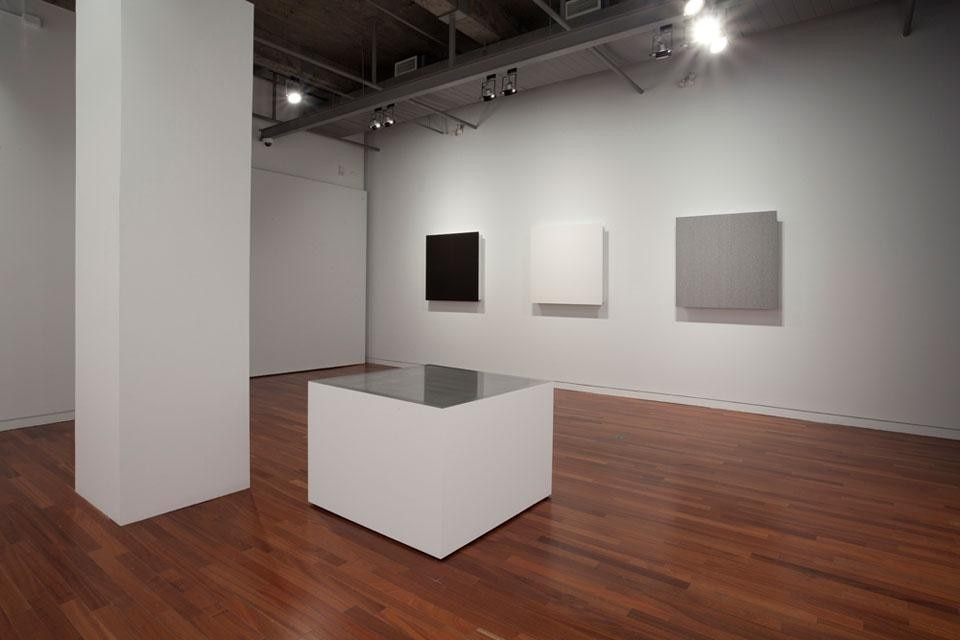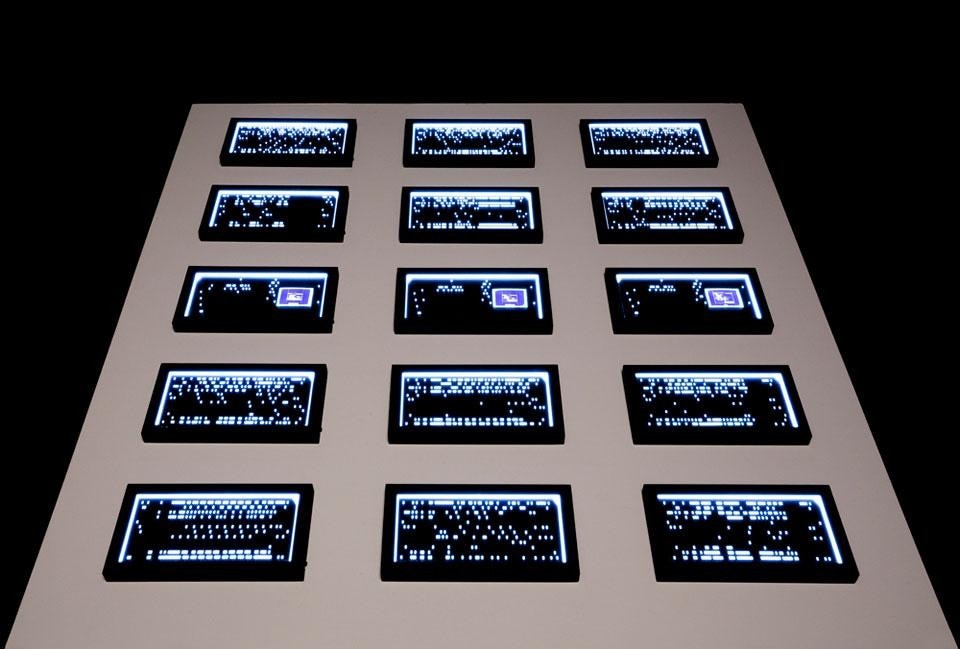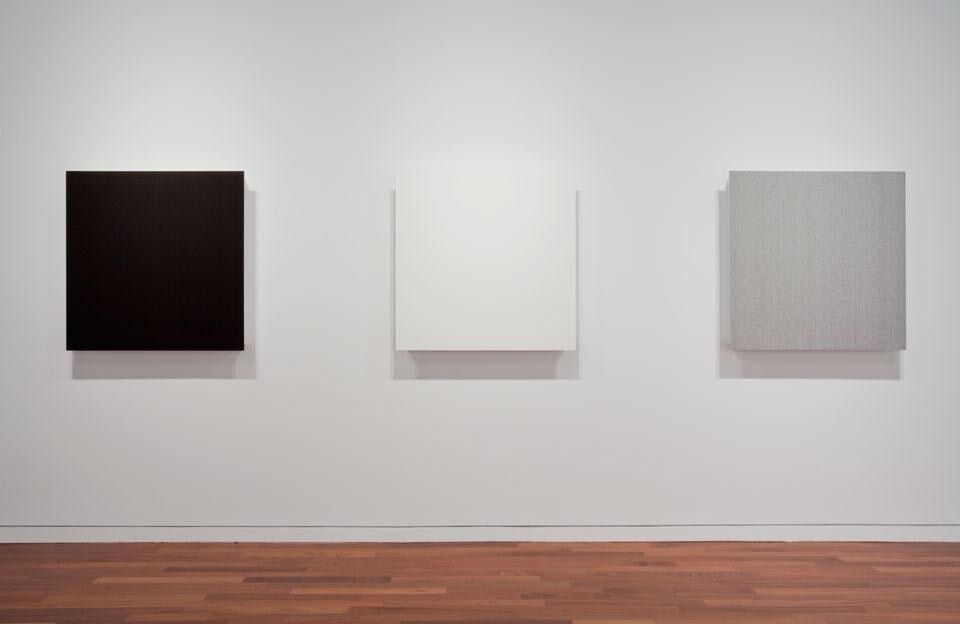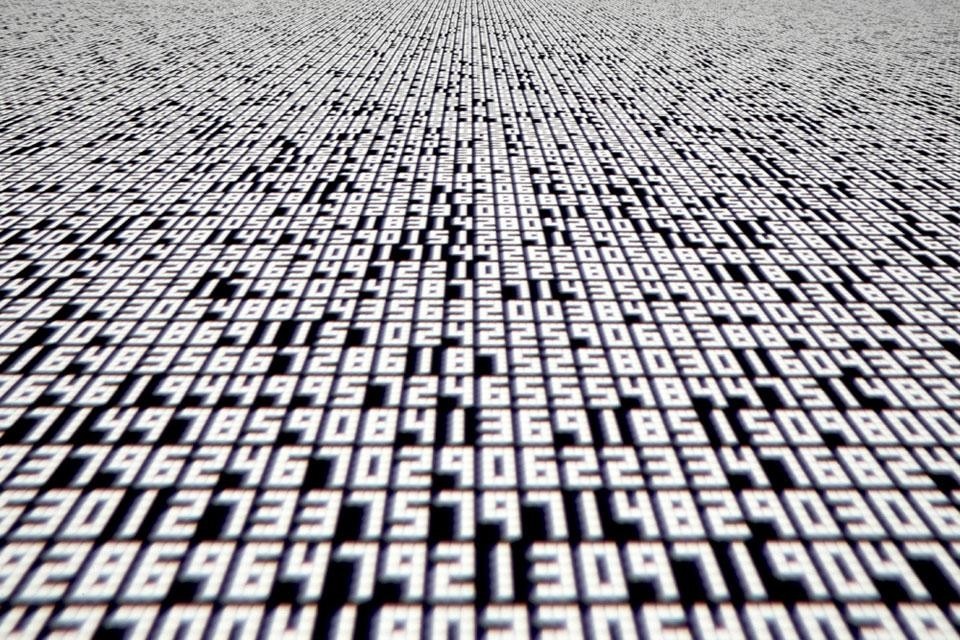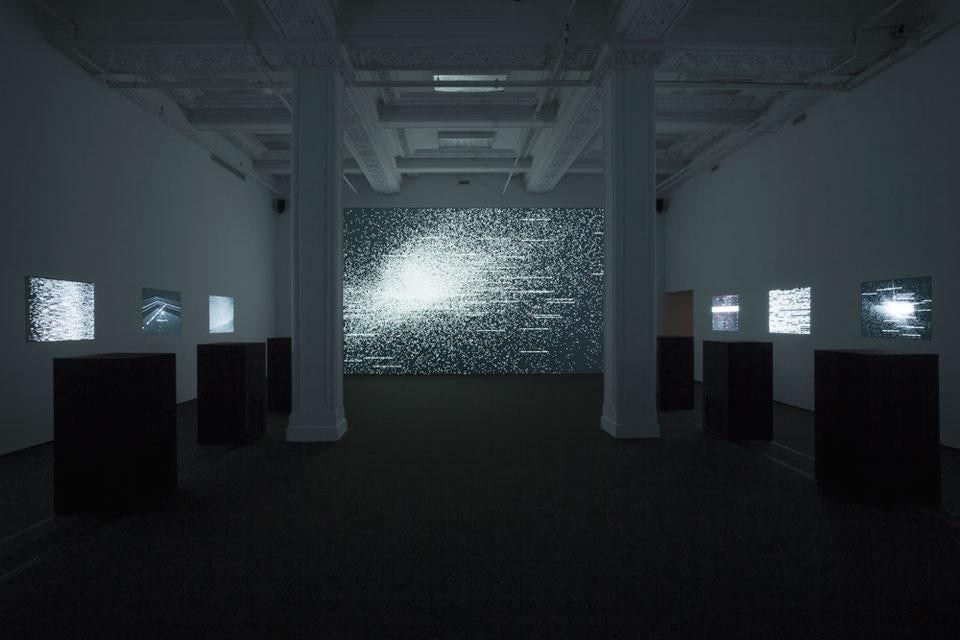Ikeda's otherworldly, minimalist, techno compositions of muted, barely perceptible machinic melodies and glitchy beats — punctuated by piercing white noise — reduce music to the physical phenomenon of sound. A song of bleeps, blips, drones, tones, thrums and sine waves courses just beneath our comprehension, simultaneously creating both a thrilling celebration and a moving lament. As a visual artist, he identifies and magnifies mathematical beauty, abstraction and the seemingly impenetrable inner machinations of computer code: bits, bytes, flows of electrical impulses, unspeakable computations and numbers.
Reaching from the microscopic to the infinite, the inaudible to the ear-splitting, Ikeda's performances, installations and artworks explore the basic, spectral building blocks that constitute the flow of data that increasingly permeates our world — sine waves, sound pulses, pixels of light, binary digits and numerical data — while pulling apart their physical properties. He applies a profound reflexivity and medium specificity to data and software.
The exhibit proposes a conceptual counterpoint between DHC/ART's two buildings: the main space displays framed works, light boxes, sculptural works and works on paper under the rubric systematics, whereas the serial dimension of the datamatics project is on full display in the Satellite space, which offers three very interrelated installations, orchestrated as a symphonic whole.
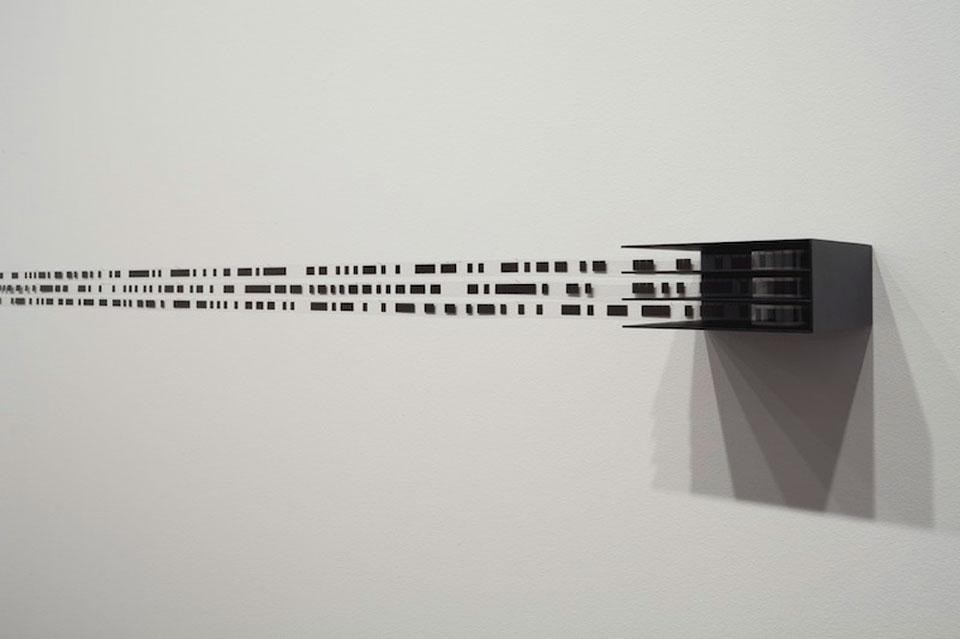
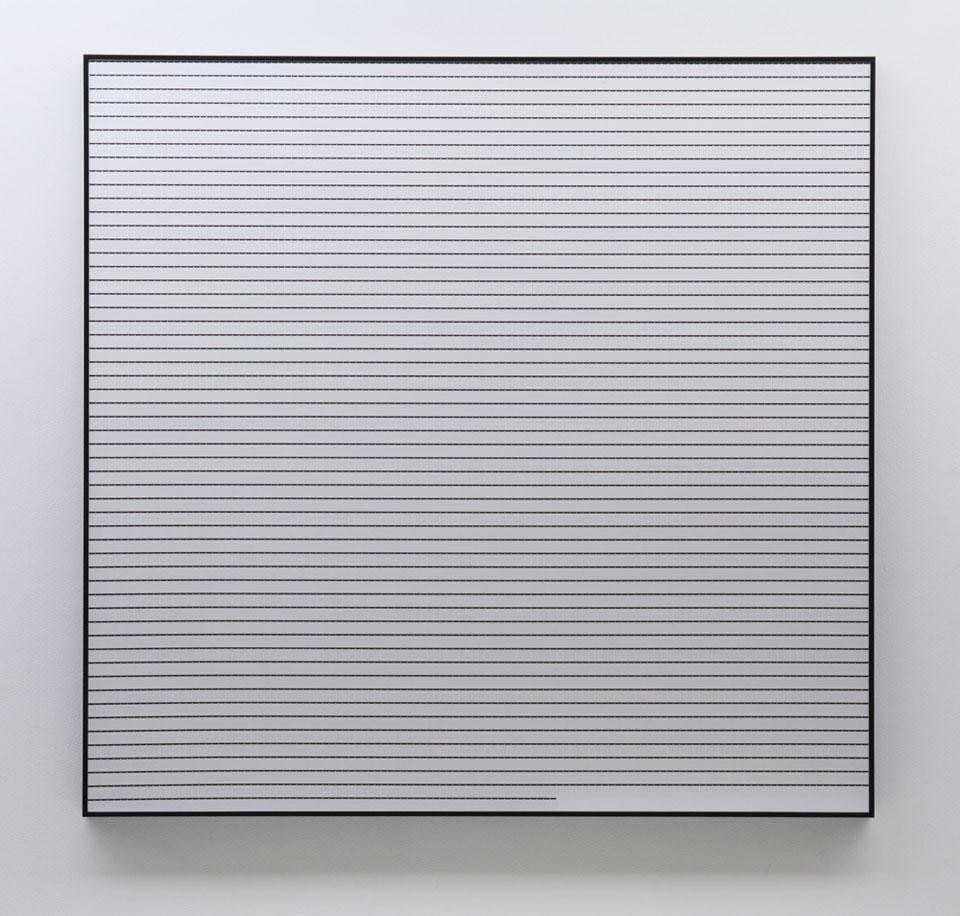
As an immersive installation, datamatics conjures a fire of much greater magnitude and of historical significance, like the great blaze that destroyed the ancient Library of Alexandria
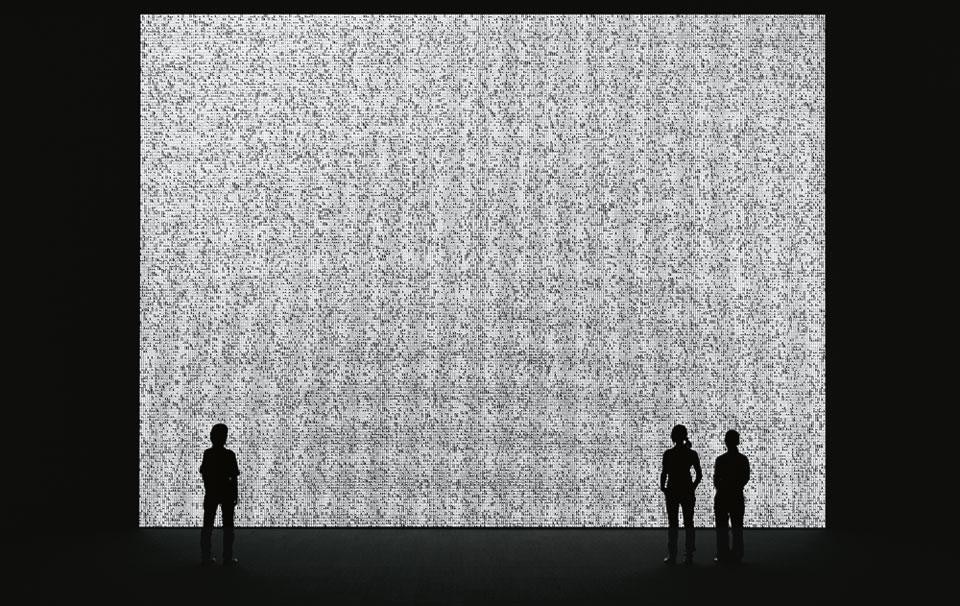
![Ryoji Ikeda, <em>data.matrix</em> [nº1-10], 2009. © Ryoji Ikeda. Photo by Ryuichi Maruo Ryoji Ikeda, <em>data.matrix</em> [nº1-10], 2009. © Ryoji Ikeda. Photo by Ryuichi Maruo](/content/dam/domusweb/en/art/2012/10/26/ryoji-ikeda-a-survey/big_397736_2833_05_datamatrix.jpg.foto.rmedium.jpg)
